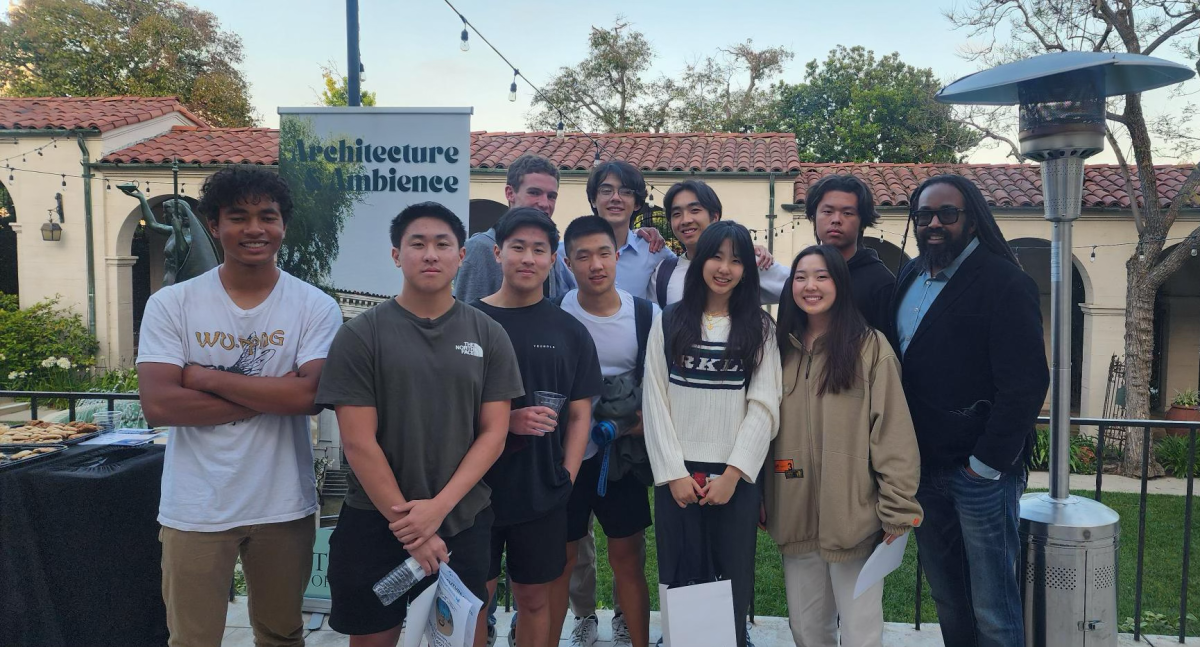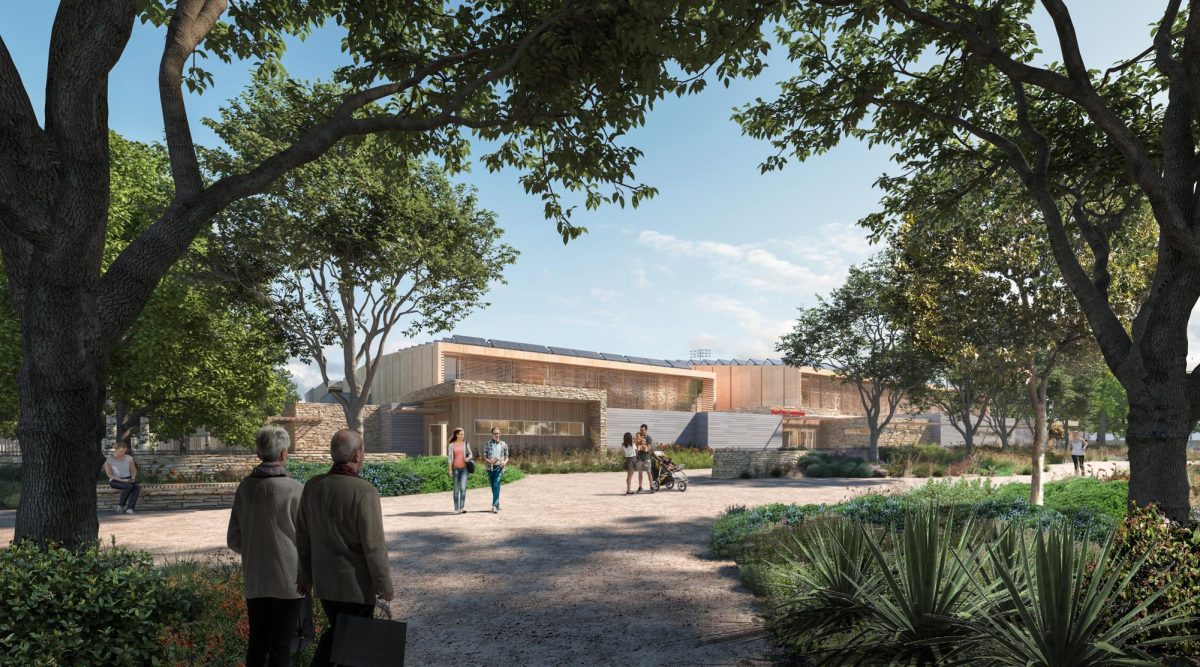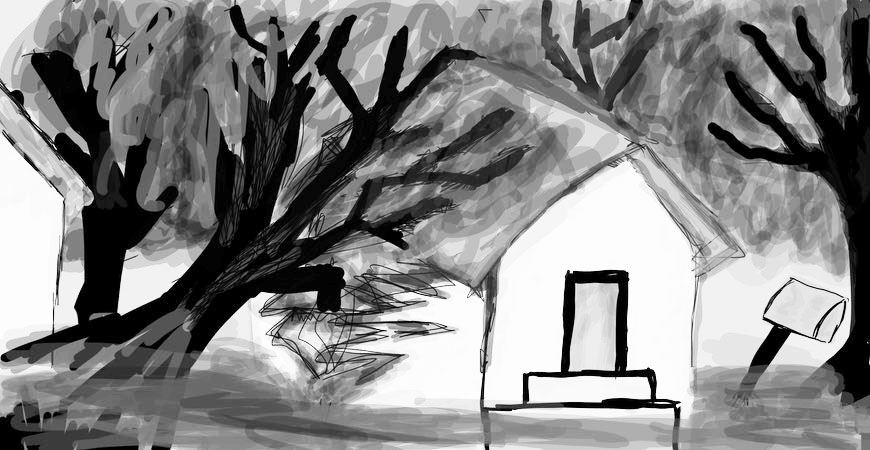By Lauren Seo
Chris Darttâs AP Chemistry class went to the California Institute of Technology after school on Dec. 4, where they visited several labs, spoke to researchers and met with Nobel Prize winner Robert H. Grubbs.
The main objective of the trip was to use the instituteâs Nuclear Magnetic Resonance machine, which was essential to the molecular spectroscopy lab the students were working on in class. For the lab, students were each given an unknown organic compound and were expected to deduce its chemical make-up and structure by using techniques such as qualitative testing, mass spectroscopy, nuclear magnetic resonance and infrared spectroscopy. Harvard-Westlakeâs NMR machine broke down a year ago, three days before last yearâs class was scheduled to use it, so Dartt did not have sufficient time to schedule a trip to use a functioning machine. However, this year Dartt had months to plan for the use of the machine, as well as plan several visits to various caltech labs he thought would interest his students.
As they tested their samples in the NMR machine, students learned about the value of the machine from professional scientists.
“I remember one scientist telling us how an NMR analysis makes any lab report legitimate,” Jack Petok â11 said.
A high point, Petok said, was meeting Grubbs, who won the Nobel Prize for Chemistry in 2005 for his work in the field of olefin metathesis. Grubbs research has developed powerful catalysts for organic synthesis reactions, allowing scientists to custom-build molecules with specialized properties. The students visited his lab, where scientists were working on the olefin organomelatics and catalysts.
Dartt knew Grubbs as an adviser at a company he had previously worked for, and was not sure if his busy schedule would allow him to meet the students.
The students also visited the lab where Dartt earned his doctorate.
“It was a very eye-opening experience because it wasnât just chemistry or just physics or just biology we saw,” Jennifer Plotkin â11 said. “It was all these different sciences combined, which made it very cool.”
“It was definitely a surprise, and Iâve gotten a lot of positive feedback from the students,” Dartt said.
“I was having thoughts of a career in science, and I feel like now these thoughts are solidified,” Petok said.
































